Special Education Science Curriculum
Science can be one of the most abstract concepts to teach. It’s rare to be given a special education science curriculum. So it can be such a challenge to come up with hands on science activities. Throughout the years, I have figured out ways to make abstract concepts digestible for ALL students. Below are my best tips on how to keep science as engaging and accessible to all.
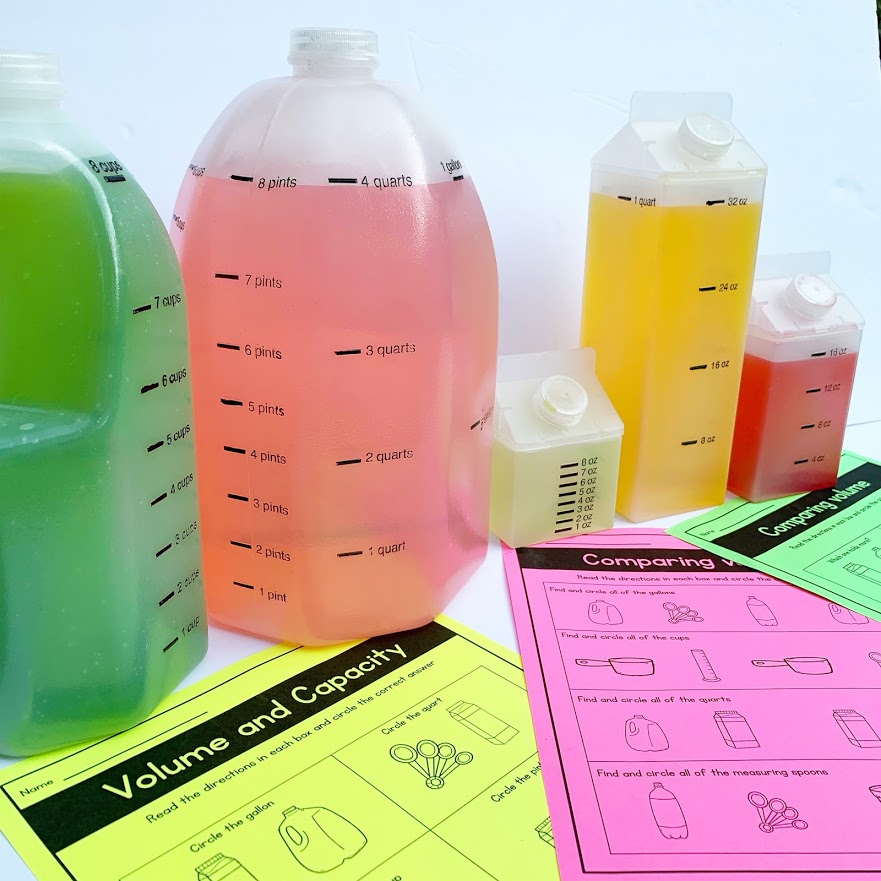
Use Real Life Objects
Let’s think outside the box here. In order to keep those abstract concepts interesting and engaging, we have to use ways of learning that involve movement. My favorite way to do this is to use props and real objects. Science becomes more applicable to real life when you use real life objects. Like these measuring containers from Oriental Trading. When learning about measurement, I can have my kids actually practice measuring and pouring. Which is so relatable to countless life skills. For example, pouring a cup of milk, pouring laundry detergent, or measuring ingredients for cooking. The more hands on practice they get, the more meaning it has. Most importantly, the more meaning, the higher chance of generalization.
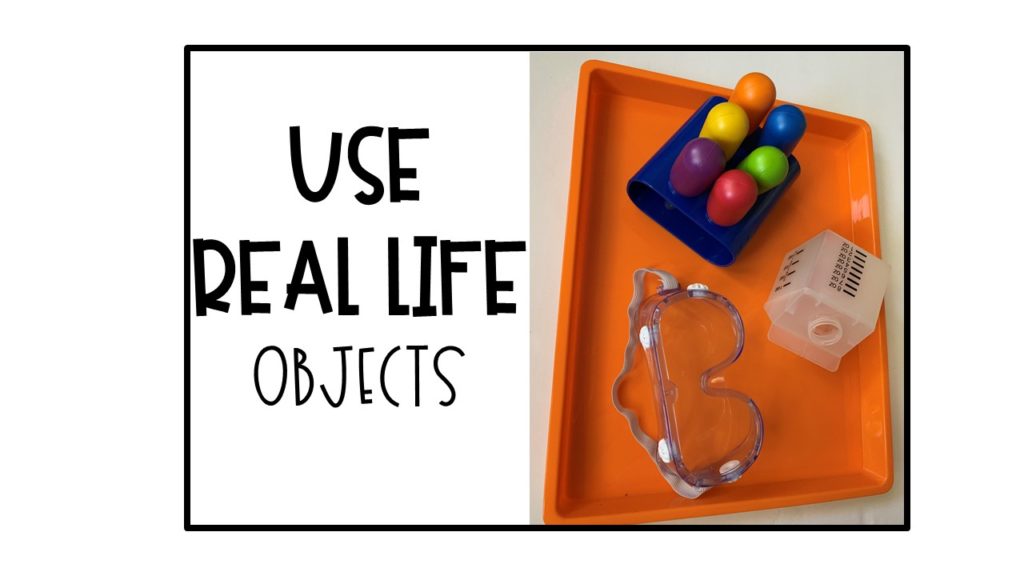
Offer Visual Comprehension
Finding a special education science curriculum that works for your students can be hard to do. I like to include visuals in ALL of my student’s work. Now don’t get me wrong, this doesn’t mean that I don’t use ANY words. But I love introducing science concepts with BOTH pictures and words. I love to open any science unit with an adapted book. This walks through each step of the concepts I’m teaching. Therefore my students are exposed to the vocabulary paired with the picture. I always hand out a couple adapted pieces to each student to keep them engaged. As I’m reading, they can see each visual in the book and the students can recognize when it’s their turn to place the adapted piece onto the page.
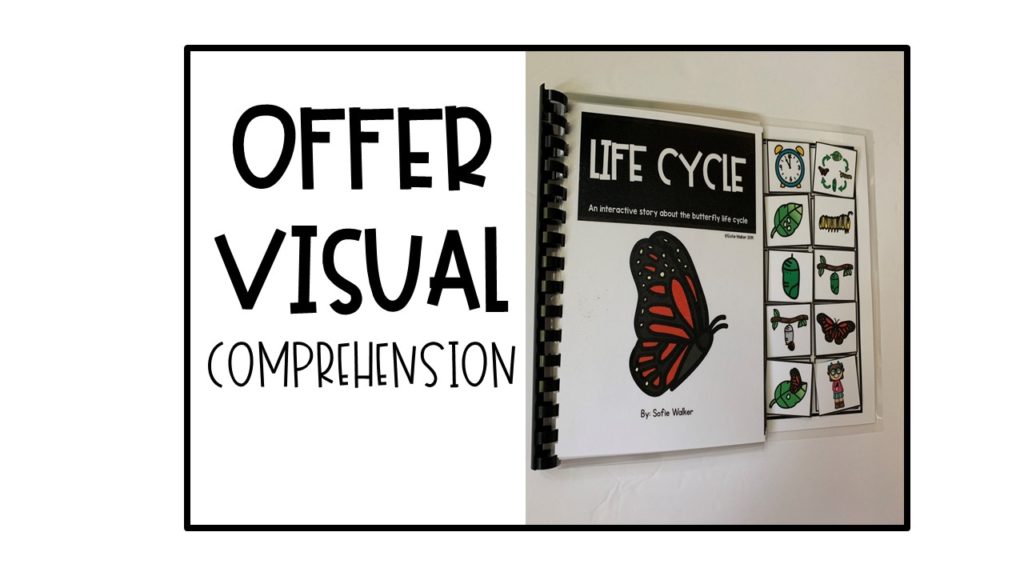
Differentiate
Chances are that if you’re a special education teacher, you’re teaching several grade levels. Not all of your students will have the same level of understanding when it comes to science. Sometimes you need a more advanced comprehension worksheet for a student and other times you need an errorless version. Hello differentiation! They key is to have all of these options available to give your students the appropriate opportunity to be challenged yet gain understanding.
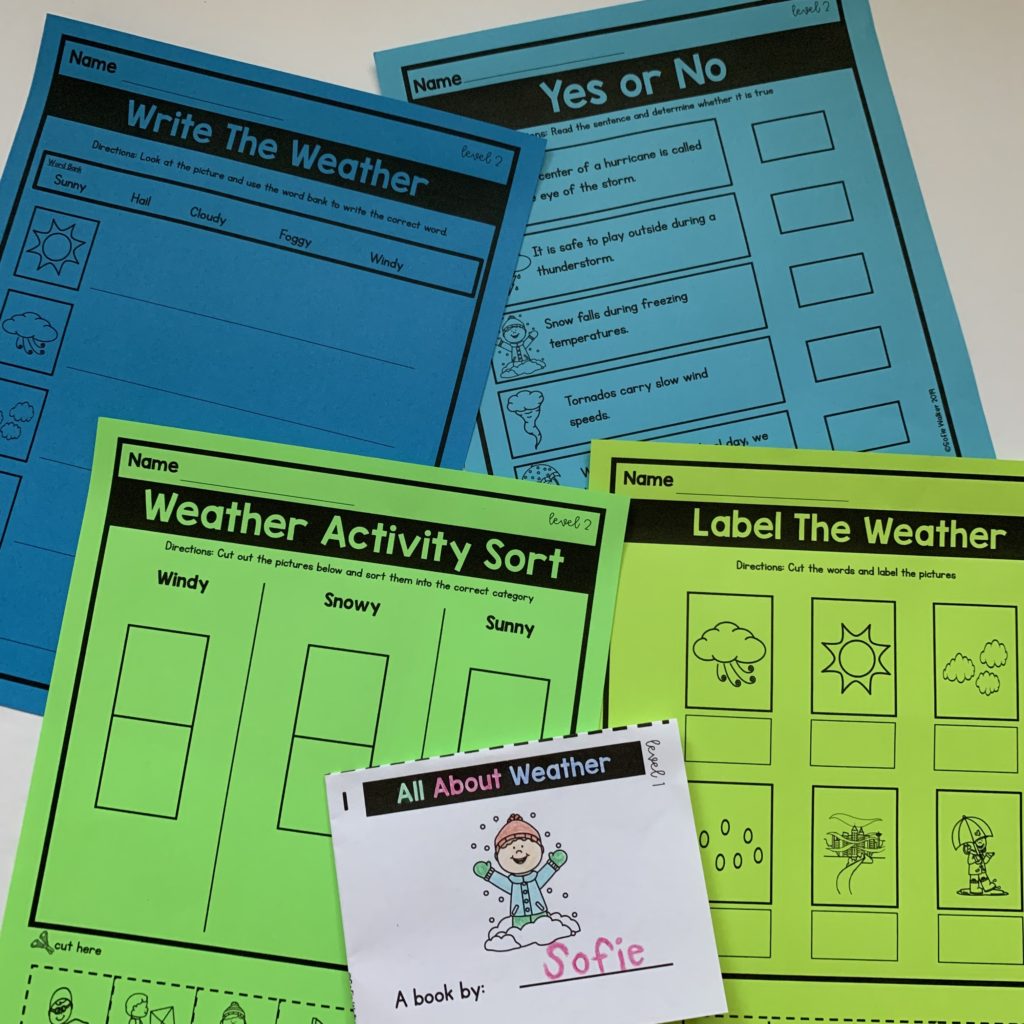
Repetition Is Key
If you teach about science safety in the August and then never talk about it again. What are the chances that your students will retain and generalize that knowledge? Probably slim to none! There are 2 things I love to do in order to keep what we talked about in August applicable to the entire year.
First, I like to utilize the same images throughout the whole unit. For example, if on Monday we do a sorting activity and on Tuesday we do a labeling activity, the pictures within those activities stay the same! This way, my students can gain a deeper understanding before we introduce a new picture.
Secondly, I love to keep those 3 dimensional real life objects we used during our lesson displayed in the classroom. For example if we talk about science safety in August, I’ll make sure to keep the science safety goggles and science tools displayed on the window sill. I’ll sprinkle them throughout the classroom so that they’re visible.
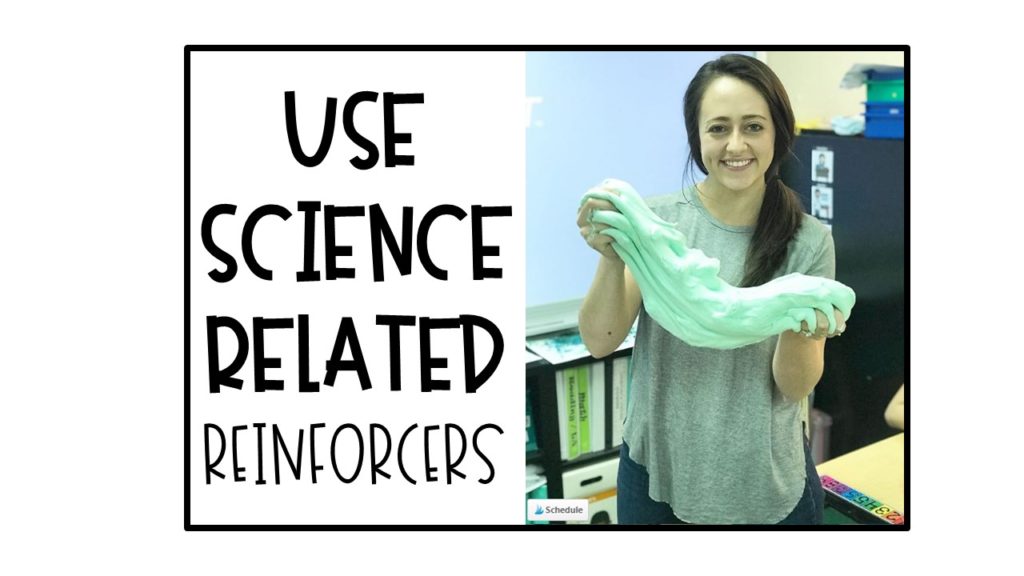
Keep Reinforcement Science Related
I don’t know about you, but there are certain science related reinforcers that my students LOVE. Keeping your reinforcement science related can help reiterate everything you’ve learned. Some of my student’s favorite science related reinforcers include slime, recipes, and experiments. Before you introduce your science unit, give your students the choice of what they would like to work for. Offer them 3 really enticing options that you KNOW they love. They don’t have to know it’s just an extension of your science lesson. I love offering a choice board that says, “I am working for _____”. My students can then choose the picture that says slime, recipe, or volcano experiment. It keeps them motivated to start and complete their work.

So how can you take some actionable steps to make your science curriculum for special education more engaging? I want to challenge you in one small way! Grab some real life objects before you teach your next science lesson. If you’re teaching about rocks, look around outside and grab some sand, rocks, or dirt! Maybe you’re teaching about plants. So grab some leaves or some flowers from outside to help make it concrete for your students! If you’re teaching about food and health, don’t be afraid to use real life food. Chances are you have some of these laying around in your home.
If you’re interested in a visual science curriculum to pair will all of your experiments and real life objects, you can check one out here.
I hope you enjoyed reading these special education teacher tips! Be sure to check out my other sped teacher tips and tricks here!








